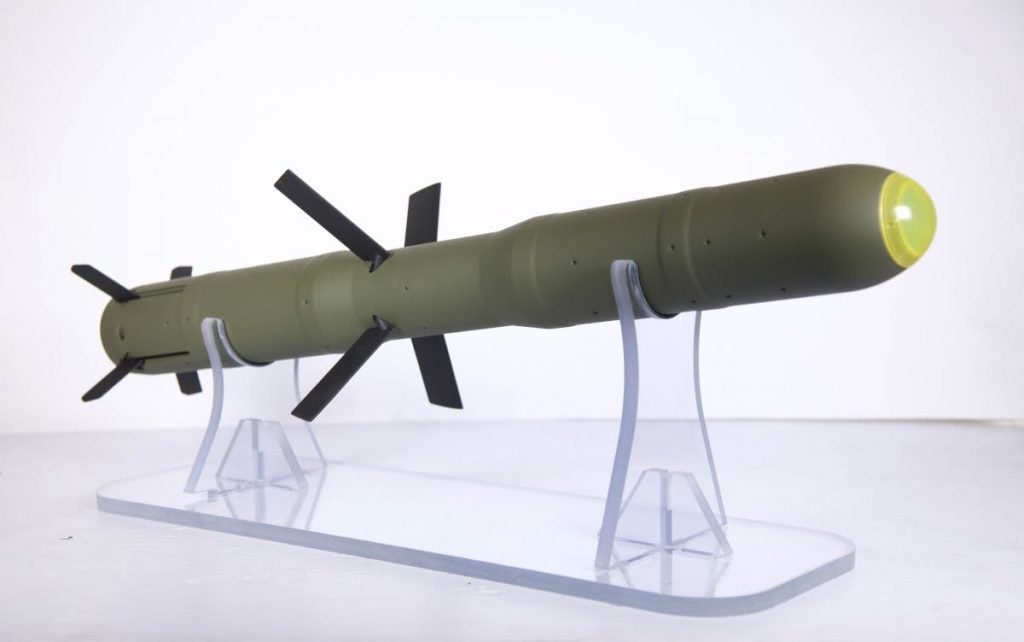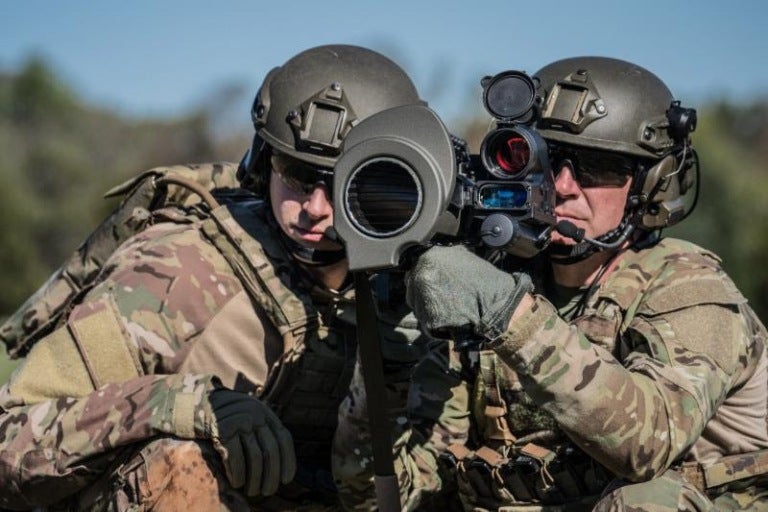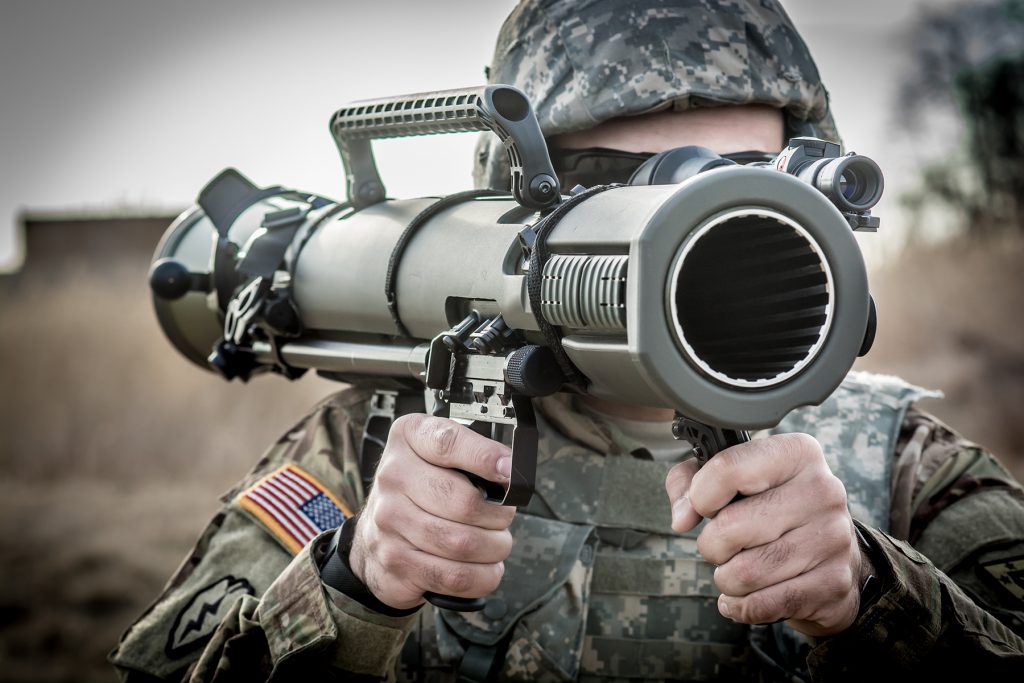Laser-guided Carl Gustaf: Precision Fires for the Infantry Squad
Raytheon and Saab have recently completed a series of test-fires of their co-developed Guided Carl-Gustaf Munition (GCGM). The inert missile achieved great results striking 11 out of 11 targets in various conditions with an operational test to follow in 2020. Development was sponsored by USSOCOM who desired a precision fire capability for their already highly versatile Carl Gustaf recoilless rifles.
While the original version dates back to the 1940s, the Carl Gustaf only entered service with SOCOM in 1994, as the M3 MAAWS (Multi-Role Anti-Armor Anti-Personnel Weapon System). The weapon proved very popular being far more accurate, long-ranged, and versatile than single-shot rocket-propelled munitions like the M72 LAW or M136 AT4.
While its range of around 1km was great compared to the other munitions the MAAWS still left much to be desired particularly compared to the 2.5km range and precision guidance of the Javelin anti-tank missile. However, in most cases, Javelin was overkill as it’s intended to destroy main battle tanks and comes with a hefty $170,000 price tag. Creating a less advanced precision fire ability for MAAWS was the obvious choice.

The new missile looks heavily inspired by Raytheon’s Griffin missile which is in service with the USAF and USN. Like Griffin, the GCGM is laser-guided (SALH) and thanks to a rocket booster is able to reach out to 2km. Using laser guidance makes the weapon much cheaper than the imaging infrared-guided Javelin, however, it’s not without tradeoffs. Unlike Javelin which has an advanced thermal imager able to identify and designate a well-contrasted target from kilometers away, the MAAWS has no ability to designate targets at all. Instead, the missile will depend on external laser designators like those used to guide airstrikes. While this does demand more coordination, using a third party designator allows the MAAWS gunner to withdraw to cover after firing rather than continue to lase the target at risk of return fire.
Another key difference between Javelin and GCGM is the warhead. Javelin uses a hefty tandem shaped charge warhead which allows it to take down heavily armored targets. On the other hand, GCGM’s multi-purpose warhead is only intended to defeat lightly armored targets and is better optimized for the target set SOCOM typically finds during counter-terror/insurgency operations.

The missile may find use outside of SOCOM as well. In 2011 the US Army began fielding M3 MAAWS to regular light infantry units and in 2019 began issuing units the new M3E1 with the intent of giving one to each infantry platoon. The M3E1 is based on the latest version of the Carl Gustaf (known as the M4) which lightens the weapon by 30% to 16 lb. and adds a fire control system, the Aimpoint FCS13RE. Thanks to a rangefinder and ballistic calculator the FCS allows for first shot hits with unguided rounds (depending on conditions) and also allows for air-burst fuses. The USMC took it a step further and announced it intends to equip every Marine rifle squad with an M3E1 (3 per platoon). In combination with the GCGM, this would allow for an unprecedented distribution of precision firepower. Besides the US the Carl Gustaf is used by over 40 countries, notably Australia and Japan who are both modernizing and may be interested in GCGM.

